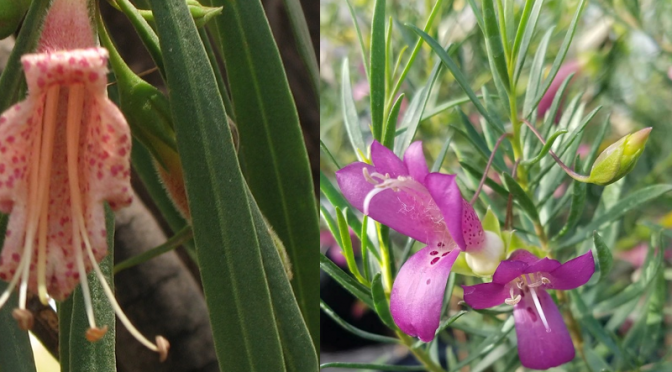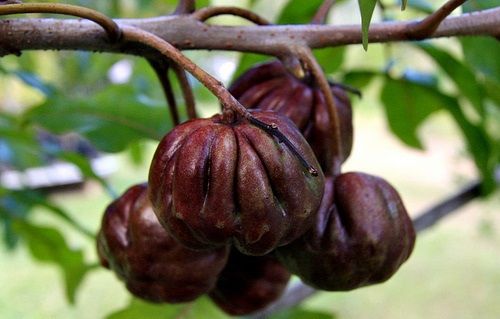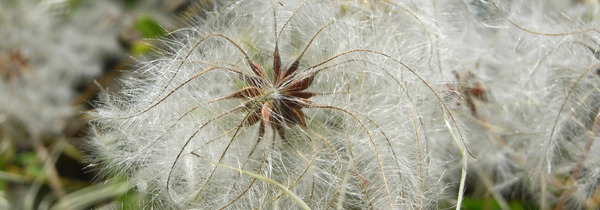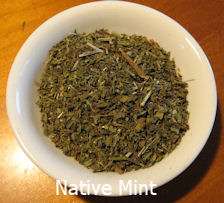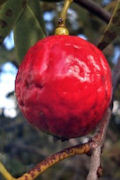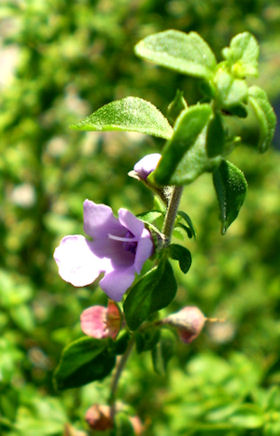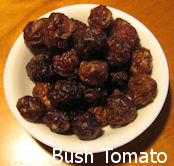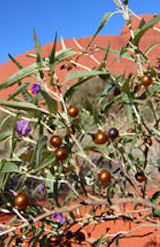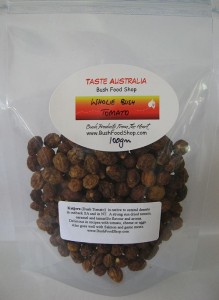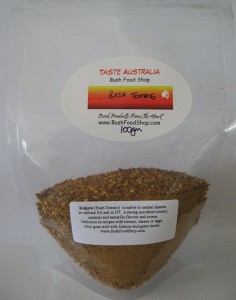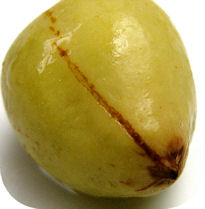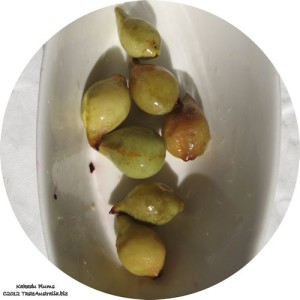Emu Bush (E.alternifolia) also known as Native Honeysuckle
Parts of this plant have been used as a traditional medicine. A small quantity was used in a preparation for treating colds and inflammation of the throat, an infusion of the leaves as a soporific, and other parts combined as a topical treatment.
Leaf extracts have shown substantial antifungal (particularly against the Cryptococcus fungi) and antibacterial activity against multiple pathogens. It seems to be effective against Gram-positive bacteria but ineffective against Gram-negative. Leaf extracts and isolated compounds tested for antiviral activity report substantial activity. It has also been tested against clinically relevant yeast and mould species and was similarly active against several Candida species. Flavonoids and phenolic compounds are the main antioxidant phytochemical molecules found in plants In addition to their noteworthy antioxidant activities, multiple other therapeutic effects have been documented for flavonoids, including antimicrobial, anti-proliferative/anticancer, anti-inflammatory, antidiabetic, and anti-mutagenic properties. Notably, the consumption of foods rich in flavonoids decreases the incidences of some chronic diseases, including (but not limited to) Alzheimer’s and other neurodegenerative disorders as well. Emu bush has shown to contain the two different flavonoids.
Weeping Emu Bush (E.longifolia) also known as Berrigan
Berrigan is one of the most important plant species to Aboriginal people, especially to those living in Central Australia. It was used in initiation ceremonies, to line graves, for tanning water bags and was placed in the headbands of warriors. It also had medicinal uses such as to treat colds and headaches, and was used to cleanse and strengthen new-born babies.
This plant is often considered to be one of the most sacred and mystical plants. It was/is the plant used for traditionally smoking ceremonies and recent studies have isolated the component when smoked/burnt which shows medicinal benefits. Traditional therapeutic uses include treatments for colds, headaches, sores, skin ailments, eye conditions, boils and muscle ache. Its also been said to relive itchy skin, skin lesions and scabies. Decoctions of the leaves have been known to be applied as an eye wash and antiseptic for ophthalmic problems. Essential oils produced by hydro-distillation of leaves show good inhibitory activity against human dermal pathogens (Trichophytons) along with anti-fungal activity (from the borneol content of the oils), indicating that it may be useful for treating ringworm, tinea, and other fungal skin infections. It has also been reported that its oils were also effective against Candida albicans, possibly indicating that this species may be a good general fungicide.
Dried leaves of both varieties are available at Taste Australia Bush food Shop>>>

